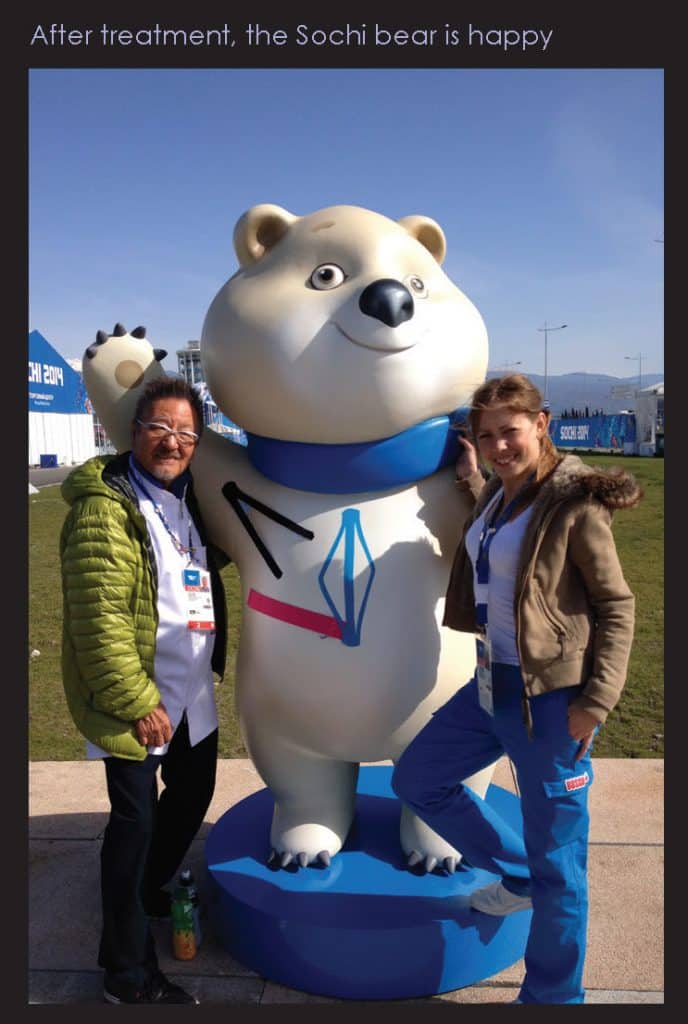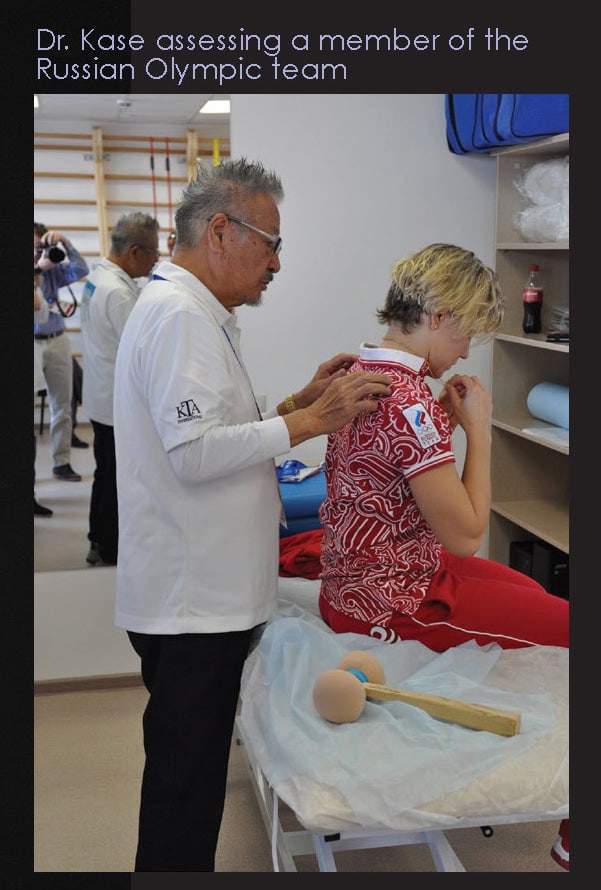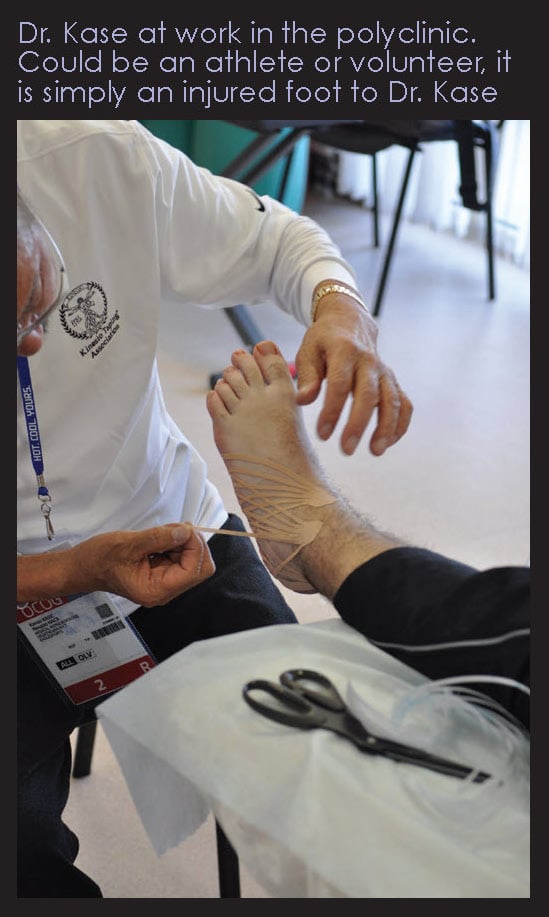Feb 4th 2022
Kinesio in Sochi: A Report on the 2014 Winter Olympic Games
Most people were able to follow the activities of Dr. Kase during the Winter Olympic Games through our 35 Memories and Daily Dose of Dr. Kase in Sochi social media campaigns. But what most people do not know is how Dr. Kase became part of the Olympic polyclinic healthcare team and the IOC sponsored workshop. Kinesio was the official elastic therapeutic tape (ETT) of both the Sochi 2014 Olympic and Paralympic Games with a donation of roughly 70,000 feet of tape—made up of both Gold FP and Classic. As a side note, Kinesio is also the official ETT for the USOC and numerous US Olympic sports, including the US Bobsled and Skeleton team.
In addition to providing Kinesio Tape for the 2014 Olympic and Paralympic Games, both Kinesio USA and Kinesio Russia committed to training up to 90 physical therapy staff through a series of KT1, KT2 and KT3 courses in Moscow and Sochi leading up to both events. Key to the Kinesio mission of education as the foundation of ETT, the training seminars were vital to prepare the polyclinic staff with the proper method of assessment and treatment of Olympic athletes. The contract with the IOC/OCOG also required a Kinesio representative to be present during the Games. Dr. Kase quickly volunteered to be that personnel along with Kinesio Taping instructors, Mikhail Kasatkin and Dmitry Gorkovskiy.
Once part of the Kinesio practitioner team, Dr. Kase was asked by the IOC Medical Commission to lead a workshop, “Current Taping and Kinesio Taping Techniques,” to help to train attending physiotherapists and other HCPs. True to his hands-on nature, Dr. Kase ended up conducting additional fill-in seminars and assisting in other workshops to help bridge injury assessments with Kinesio taping techniques. While working in the polyclinic, Dr. Kase helped the physical therapy staff resolve muscular, epidermis/dermis and fascial-related complaints from Olympic athletes as well as various conditions from both Olympic Village volunteers and polyclinic workers. His favorite part about polyclinic work was helping underrepresented athletes without medical staff, such as the Uzbeki figure skater Misha Ge.






